Clinical Corner
QHow can we use older treatment options in new ways?
Medically reviewed on 3.1.25 by Nicholas Brownstone, MD
Sodium hypochlorite (NaOCl), in the form of bleach baths, has long been used as an adjunctive therapy in the management of atopic dermatitis (AD). Bleach baths have been shown to exert antimicrobial, anti-inflammatory, and antipruritic effects, all of which can impact the severity of AD and its burden on our patients1. Although bleach baths are readily accessible, cost-effective, and well tolerated, they can be quite cumbersome and can interfere with our daily activities, making them an impractical choice for many.
With the explosion of novel therapeutics in the world of AD-including topicals, biologics, and oral Janus kinase inhibitors-bleach baths may have been cast aside due to their impracticality. While we have new therapies that can deliver skin clearance and itch relief like never before, it is important to remember some of the older tools we have to manage flares in disease.
There are body wash and spray NaOCl formulations that exist over the counter that can be used in place of bleach baths, especially to help control flares or while we as clinicians are onboarding other medications. One that I use daily in clinical practice is CLn BodyWash. A small study of 18 children with AD conducted by Ryan et al2 , in which this body wash was used, showed a reduction in clinical severity of AD when used three times a week for 12 weeks as well as high patient satisfaction. A body wash is arguably more convenient for most patients compared to traditional bleach baths and can improve patient adherence and ultimately clinical outcomes.
In addition to its use in AD, sodium hypochlorite can be considered as adjunctive therapy for many other dermatologic conditions. If it exerts anti-microbial, anti-inflammatory, and antipruritic effects, why shouldn’t we consider adding this to our treatment protocols for prurigo nodularis, neurodermatitis, and in the treatment of open wounds? How about hidradenitis suppurativa, folliculitis, acne, and body odor? More studies are needed to determine the clinical utility of sodium hypochlorite in treating the above.
We are fortunate to live in an age of many clinical innovations, and many more are to come. We must remember that just as old dogs can be taught new tricks, older therapies can become new again.
References:
- Krynicka K, Trzeciak M. The role of sodium hypochlorite in atopic dermatitis therapy: a narrative review. Int J Dermatol. 2022;61(9):1080-1086. doi:10.1111/ijd.16099
- Ryan C, Shaw RE, Cockerell CJ, Hand S, Ghali FE. Novel Sodium Hypochlorite Cleanser Shows Clinical Response and Excellent Acceptability in the Treatment of Atopic Dermatitis. Pediatric Dermatology. 2013;30(3):308-315. doi:https://doi.org/10.1111/pde.12150



